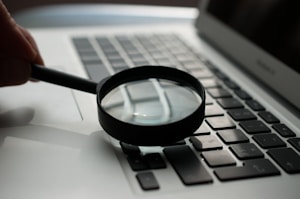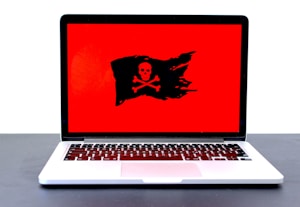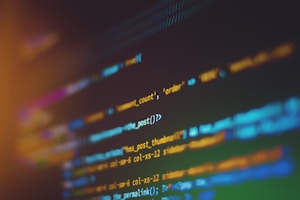Data integrity and the structure of information that is in use and that which is still in storage plays a huge role in upholding the standards of information in the information age. Corruption of data happens when the data gets exposed to foreign types of information that slightly modify the information and render it unusable.
The modification of the data makes the data not as original as it was and the details that were embedded in the data are modified in some cases destroying the information. The corruption of data can also be caused by malware and whenever a system where data has been stored gets infected by malware, the data that is stored on the system gets modified and it is no longer in the same state as it was stored.
The accuracy of the information also changes and the users of the information will not find much for data that is corrupt. Corrupt data is also a danger to the rest of the information on a computing system as it might spread the damage that was introduced to it by the malware which infected it.
The causes of the infection are varied in nature but mostly, it is due to the changes in the bit structures of the files which makes some of the details modified and the original nature of the data is no longer as it was. The users of the data will find it very hard to relate to the infected data as it will no longer be useful or even applicable to their needs.
For this reason, any information system must put measures in place to prevent data corruption and ensure that the integrity of the information gets sustained and upheld throughout the lifetime of the system. Additionally, the users of the information system should also be ready to take steps to clean up their systems for malware and other code infections that are very likely to bring about the failure of the entire system.
Information systems that are well protected will not have their data corrupted and as such, the users of the information will be able to keep all their information and records intact which makes it possible to use the data for much longer without losing the authenticity of the information. The causes for the data getting corrupted are poor system setup and configurations that are not safe enough for the information that is contained within the system.
Users of the system will also find corrupt data to be detrimental to their productivity as they will not be able to make references to this data whenever they are conducting an activity or undertaking information related project. Regularly scanning a system for code changes and malware ensures that the corruption of the data is prevented and kept at a minimum as well as getting the files safe and preserving them for longer. This means that users can refer back to the same information for much longer and derive the maximum use from it.




